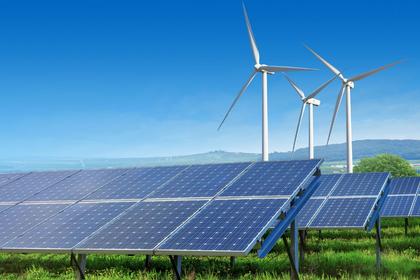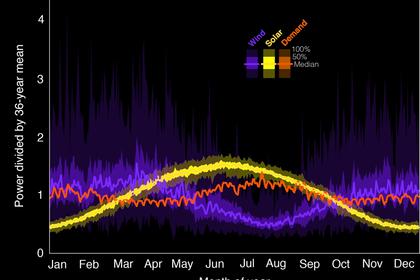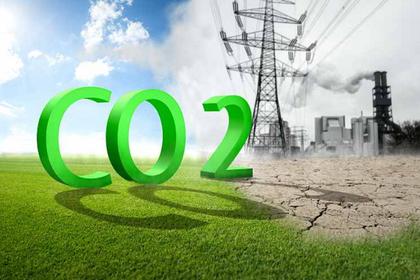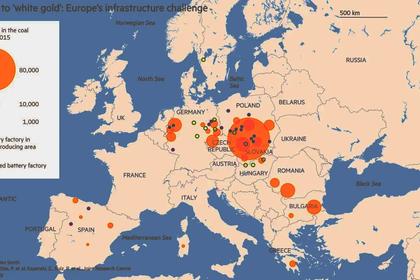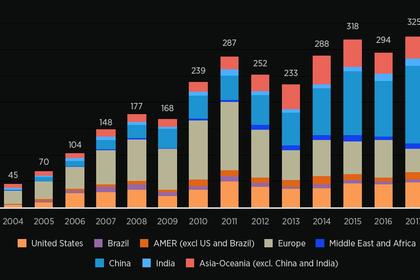
THE NEW EUROPE'S CLIMATE TARGET
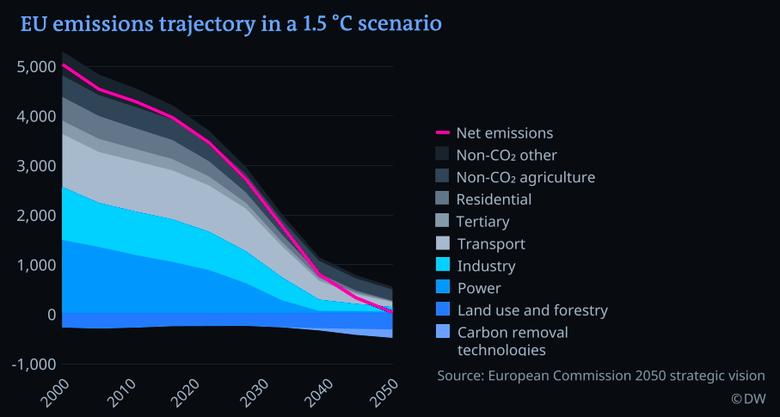
PLATTS - 10 Sep 2020 - The European Commission plans to propose a stricter 2030 EU target for cutting CO2 emissions on Sept. 15, as part of efforts to reduce fossil fuel use and make the EU climate neutral by 2050, according to its draft agenda.
The proposal was widely expected by sources in Brussels to be a 55% cut on 1990 levels, at the top end of the 50%-55% range the EC has been evaluating, and up from the current 40% binding target agreed in 2018.
Achieving a stricter cut would require further reforms to the EU Emissions Trading System, which is likely to boost EU carbon prices and give stronger investment signals for low-carbon energies such as renewables and hydrogen.
The EC plans to propose the new target as an amendment to its draft EU climate law proposed in March that seeks to make the 2050 climate neutrality goal binding.
It will also publish an impact assessment on the feasibility of achieving the stricter CO2 target, taking account of national governments' planned contributions to achieving the EU's 2030 renewables and energy efficiency targets.
The EC previously estimated the EU would cut its CO2 emissions by around 45% by 2030 if it fully implements all existing legislation.
This includes achieving a binding 2030 target to source 32% of its gross final energy demand from renewables, and a non-binding 2030 target to improve its energy efficiency by 32.5%.
Both of those targets create pressure to cut fossil fuel use, with potentially significant consequences for global trade flows as the EU is a major oil and gas importer.
The EC is looking at increasing these targets to align them with both the stricter 2030 CO2 target and the 2050 climate neutrality goal, with formal proposals planned in 2021.
EU parliament eyes 55%-plus
Both the European Parliament and the EU Council of ministers, representing national governments, will have to agree on a new 2030 CO2 target before it can become binding.
European parliament members have already started debating possible targets, with the parliament's energy committee narrowly backing "at least 55%" in an opinion adopted this week on the EU climate law.
The parliament's environment committee, which has the final say before the climate law file goes to a full parliament vote, is due to vote Sept. 10 on target options going up to 65%.
The environment committee will vote again on Sept. 11 to approve the whole file as amended -- there are more than 1,000 amendments proposed -- and then the committee's recommended version will be voted on by the full parliament during Oct. 5-8.
Parliamentary sources said that in order to save time, the parliament may not go back to formally debate the EC's proposed CO2 target separately.
Instead it will take what is agreed in the October plenary vote as the basis for its negotiations with the council on a final text for the climate law.
The council has yet to reach a formal negotiating position on the 2030 CO2 and 2050 climate neutrality targets.
ETS reforms
The parliament's biggest political group, the center-right EPP, is pushing to keep the 50%-55% range, with the final level dependent on economic feasibility.
"We want a market economy and as few new rules as possible," the EPP's environment committee coordinator Peter Liese said ahead of the Sept. 10 vote.
Liese has previously urged the EC to focus on strengthening the ETS to achieve higher CO2 cuts, including eliminating surplus EU carbon allowances from coal-fired power plant phase-outs across Europe.
National governments can voluntarily cancel surplus allowances from the total available to them to auction if they close power plants early.
If they decide to auction all the allowances, the ETS has a market stability reserve mechanism that reduces surpluses over time.
Liese has also backed EC suggestions to create a separate ETS to cover transport and buildings, saying that would be fair, targeted and efficient.
Those sectors currently fall under the EU's effort sharing regulation, which sets a binding 2030 national CO2 reduction target for each of the 27 EU nations, focused on non-ETS sectors.
The existing ETS covers heavy industry, including power stations, refineries and furnaces, and intra-EU aviation.
The EC is expected to propose formal EU ETS reforms next year as part of the wider European Green Deal package to align EU legislation with the 2050 climate neutrality target.
The EPP does not have an absolute majority in the parliament.
-----
Earlier:
